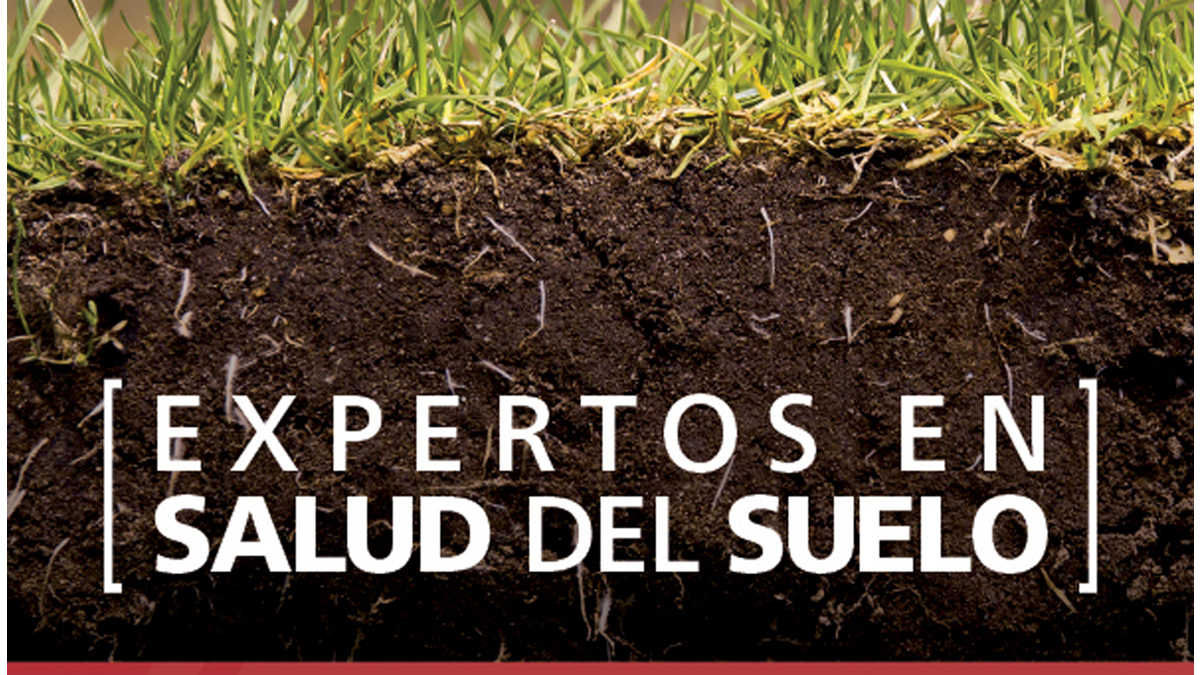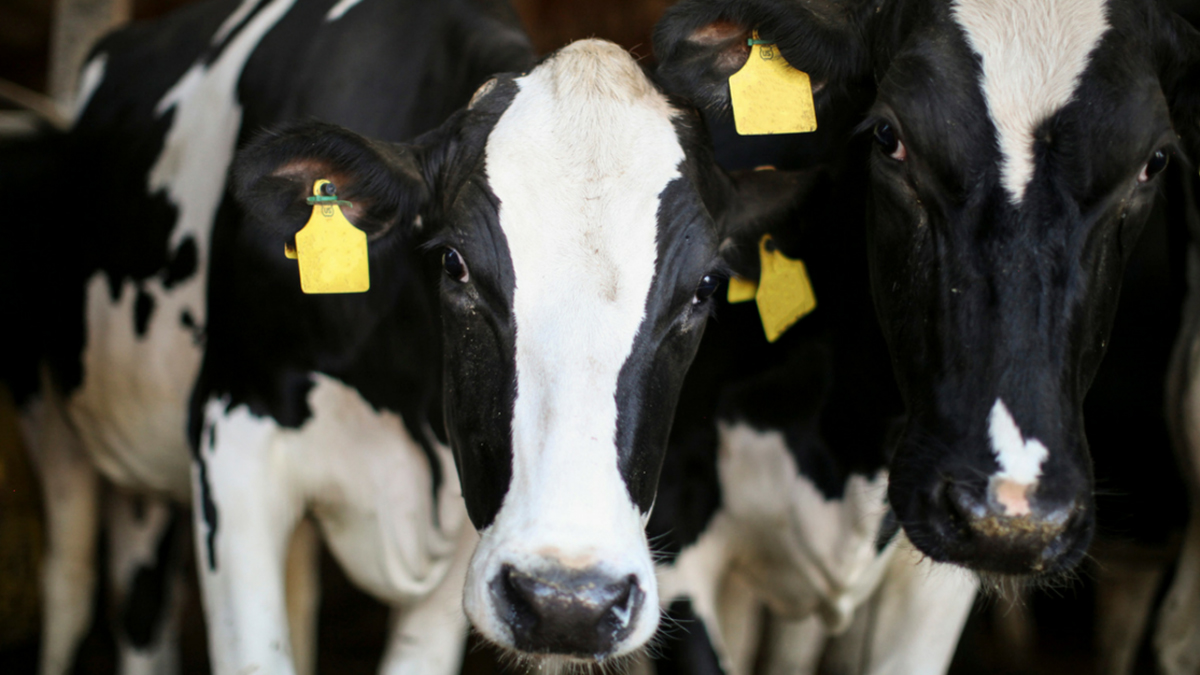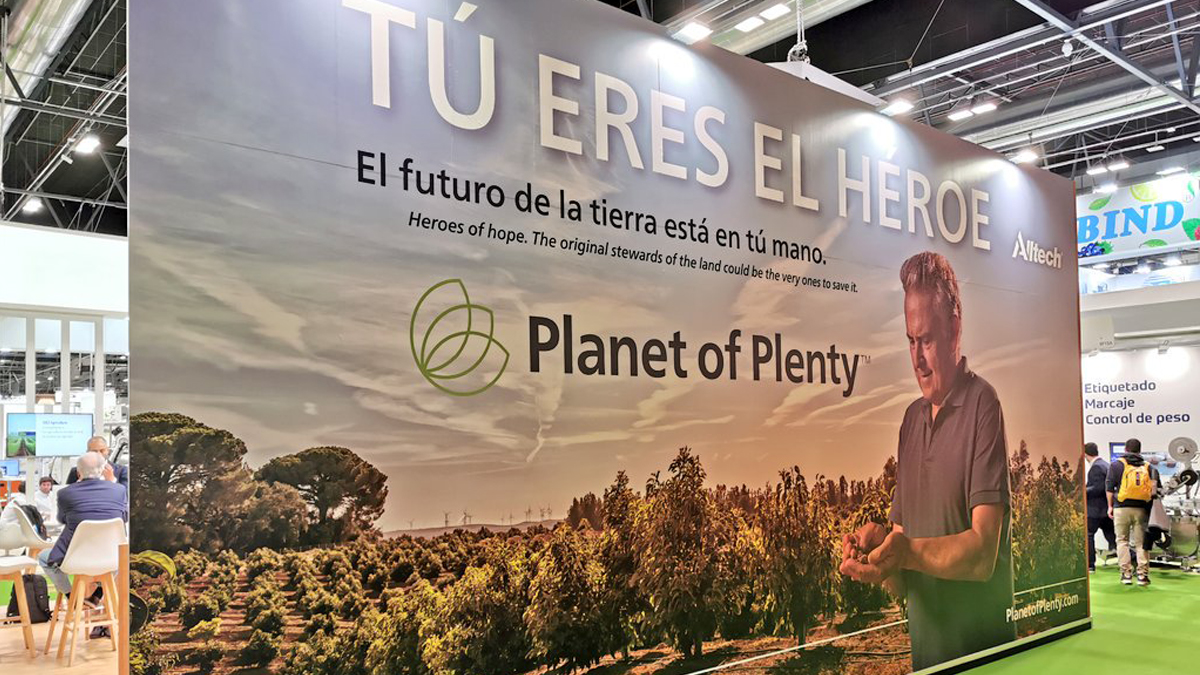CONTRIBUTE® ibNP
CONTRIBUTE® ibNP está formulado a partir de Azospirillum brasilense y Pseudomonas putidas para promover el desarrollo radicular y vegetativo de los cultivos.
Beneficios:
- Incrementa la fijación de nitrógeno atmosférico y la solubilización de fósforo y potasio en el suelo.
- Mejora el sistema radicular y la absorción de los nutrientes.
- Promueve un microbioma equilibrado, favoreciendo un suelo supresivo.
- Preserva el equilibrio del suelo, contribuyendo a un mejor crecimiento de las plantas en condiciones de estrés.
RIQUEZAS GARANTIZADAS
Azospirillum brasilense CECT 9381................... 1 x 10⁹ ufc/g
Pseudomonas putida CECT 9382.......................1 x 10⁹ ufc/g
Producto utilizable en Agricultura Ecológica conforme al Reglamento (UE) 2018/848
Producto inscrito en el Registro de Productos Fertilizantes nº F0004331/2030
<script charset="utf-8" type="text/javascript" src="//js.hsforms.net/forms/v2-legacy.js"></script>
<![endif]--><script charset="utf-8" type="text/javascript" src="//js.hsforms.net/forms/v2.js"></script><script>
hbspt.forms.create({
region: "na1",
portalId: "745395",
formId: "1a9969c4-8b36-4720-b2e7-3b28d6465378"
});
</script>

¿Necesitas ayuda o tienes una pregunta?
Por favor complete el formulario de contacto que aparece a continuación.


























 PROCROP™ ORTIMAX tiene un efecto protector contra los hongos y las plagas. Cuando se aplica a las hojas, las fortalece, haciéndolas más resistentes a las enfermedades. Es un excelente repelente de insectos y tiene una acción eficaz sobre ácaros, pulgones y otros.
PROCROP™ ORTIMAX tiene un efecto protector contra los hongos y las plagas. Cuando se aplica a las hojas, las fortalece, haciéndolas más resistentes a las enfermedades. Es un excelente repelente de insectos y tiene una acción eficaz sobre ácaros, pulgones y otros. 



 PROCROP™ EQUISETUM es un producto obtenido por tratamiento acuoso de fracciones aéreas de Equisetum Arvense L. (cola de caballo).
PROCROP™ EQUISETUM es un producto obtenido por tratamiento acuoso de fracciones aéreas de Equisetum Arvense L. (cola de caballo). 




 SOL-PLEX MADURMAX estimula los procesos fotosintéticos, favoreciendo el llenado, la maduración y la coloración de los frutos, mejorando así los parámetros de calidad de las cosechas.
SOL-PLEX MADURMAX estimula los procesos fotosintéticos, favoreciendo el llenado, la maduración y la coloración de los frutos, mejorando así los parámetros de calidad de las cosechas. 







